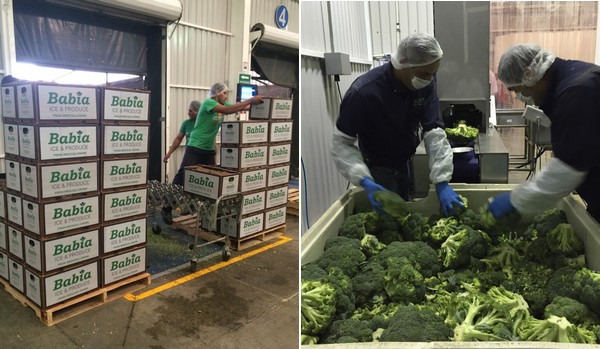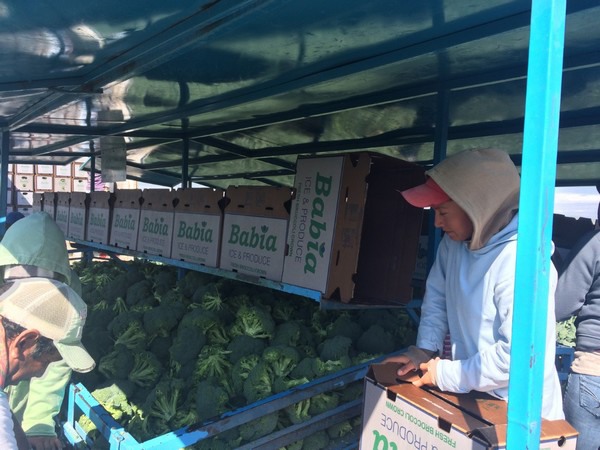Broccoli supplies are wrapping up in Guanajuato, Mexico and growers are shifting production to other parts of the country. “This time of the year is the most tumultuous time in Guanajuato. Temperatures rise quickly and the risk of rain and hail increases substantially as well,” says Michel Veyan Reed of Babia Produce. “Unfortunately, this makes harvesting considerably more difficult so right now the volume available is very light.”

The “closed” season for the region starts May 15th which means no harvesting will be done in the area until July 1st. So growers are moving production to Puebla and other growing regions. “However, those other regions will have to contend with their own weather issues. The hurricane season in Mexico starts around June, so there’s always hail and rain affecting quality and volume coming from Mexico,” says Veyan Reed. “Weather is always a challenge. Climate change is really making it harder for everyone to prepare for weather risks.”
Meanwhile, in the U.S., California has some broccoli production but it’s fluctuating given the rains seen there this year and some weeks are better than others. “In the past few months, they have had greater production than anyone predicted,” Veyan Reed adds.
Slimmer supplies
All of this means that the overall supply is lower right now compared to last year.

Looking back at the start of the season, while Mexico did start last year on time, freezing temperatures at the end of November that lasted through December caused a gap between mid-December and the end of January. This caused prices to reach unseen highs at the time.
As for demand right now, it’s on the quiet side. “The variability in production from all regions and fluctuating markets seems to have made buyers more cautious about booking ads and placing orders too far in advance,” says Veyan Reed.
Growth in florets
That said, consumers continue to steadily consume this table vegetable item--particularly in floret form. “Broccoli florets that are ready to eat is a growing item in retail and for meal kit companies, so we expect consumption to grow on that niche,” Veyan Reed says, noting that Babia Produce recently introduced ready-to-eat broccoli florets in 6 oz to 12 oz presentations for the meal kit companies, retail and foodservice (the latter in pack styles up to 3 lb. bags). It’s also doing the same for cauliflower, celery and Brussels sprouts.

As for pricing, once the gap in supplies closed earlier this year, delayed product began coming on all at once. “For weeks shippers were swimming in broccoli and prices plummeted just as quickly as they rose,” Veyan Reed says. “Every year broccoli keeps growers and shippers on their toes, and this year is no exception. It has been a roller coaster ride.”
However, California has been the wild card in all of this and a gap and subsequent price increase had been expected from May to mid-June. “However that hasn’t happened yet so we will have to wait and see,” says Veyan Reed. “I’d expect markets to be tight until California gets full production and then some Northeast and Canadian production starts in a couple of months.”
 For more information:
For more information:
Michel Veyan Reed
Babia
Tel: +1 (210) 630 7532
michel@babia.com.mx
www.babia.com.mx
